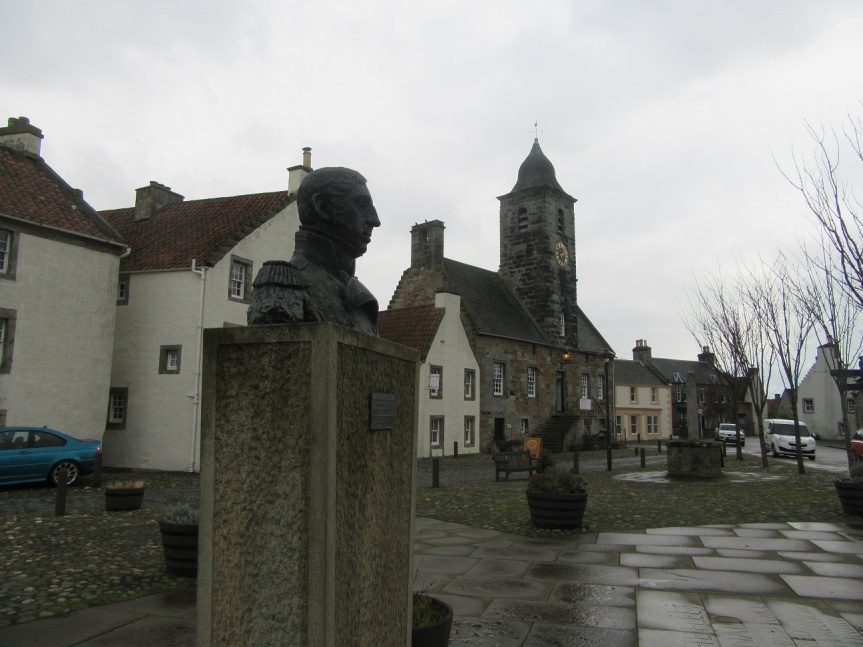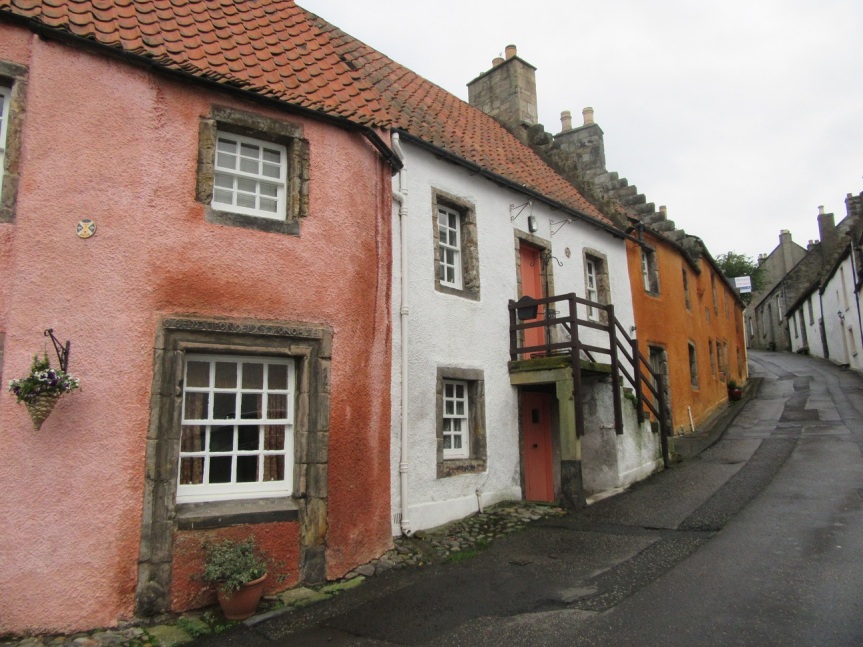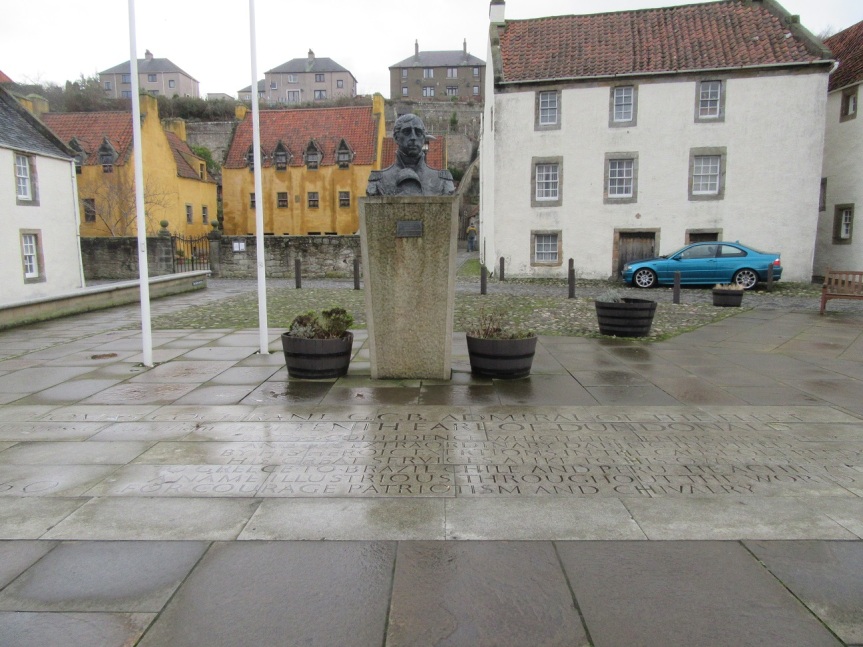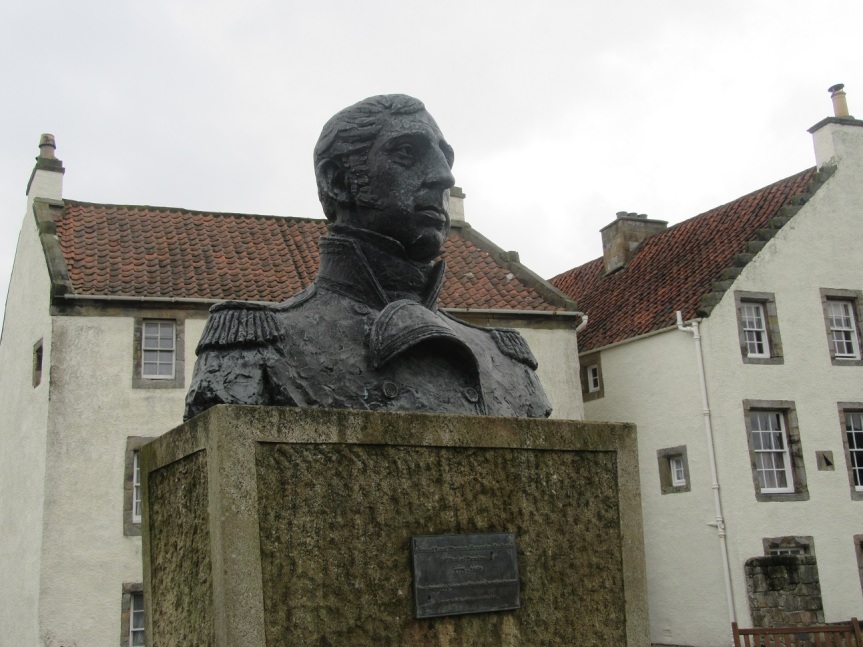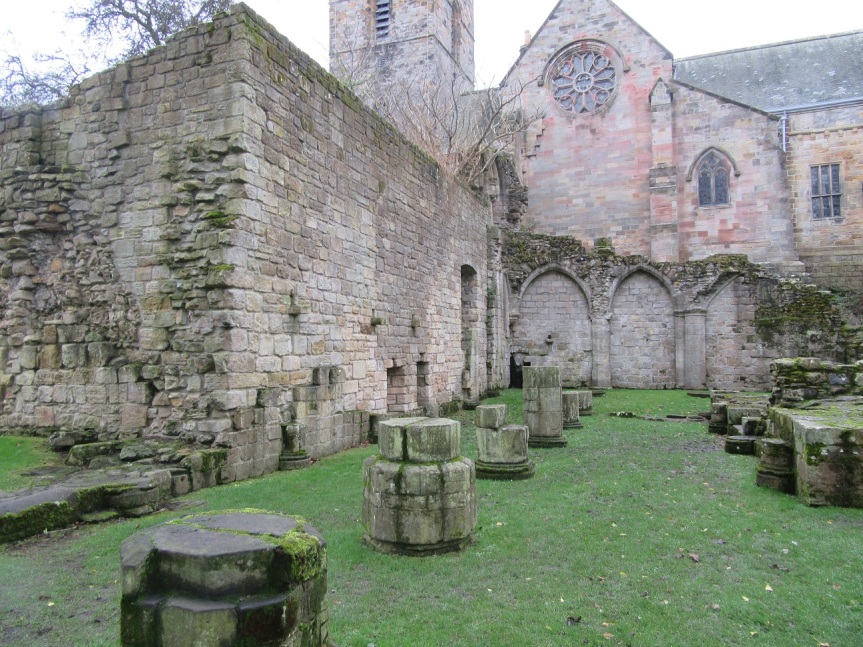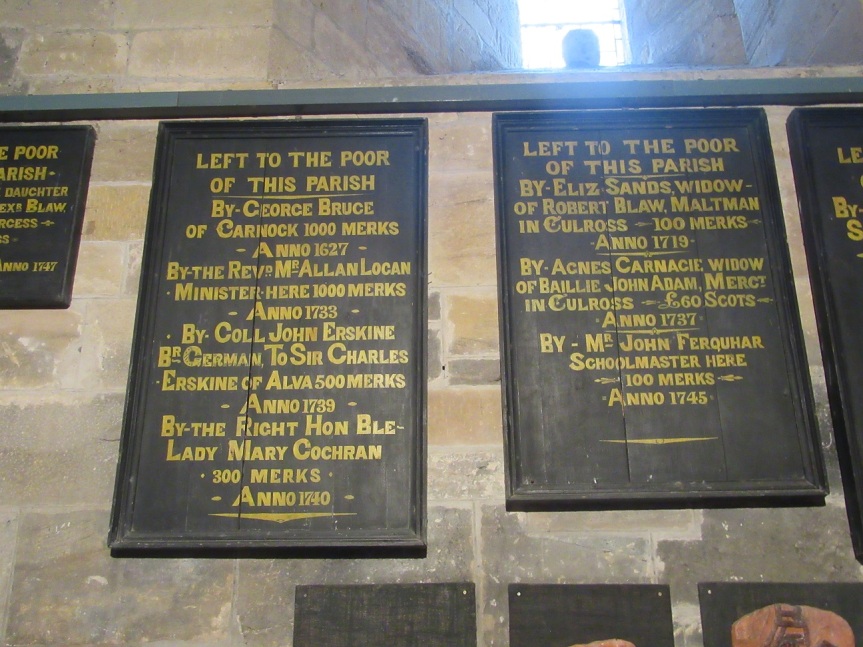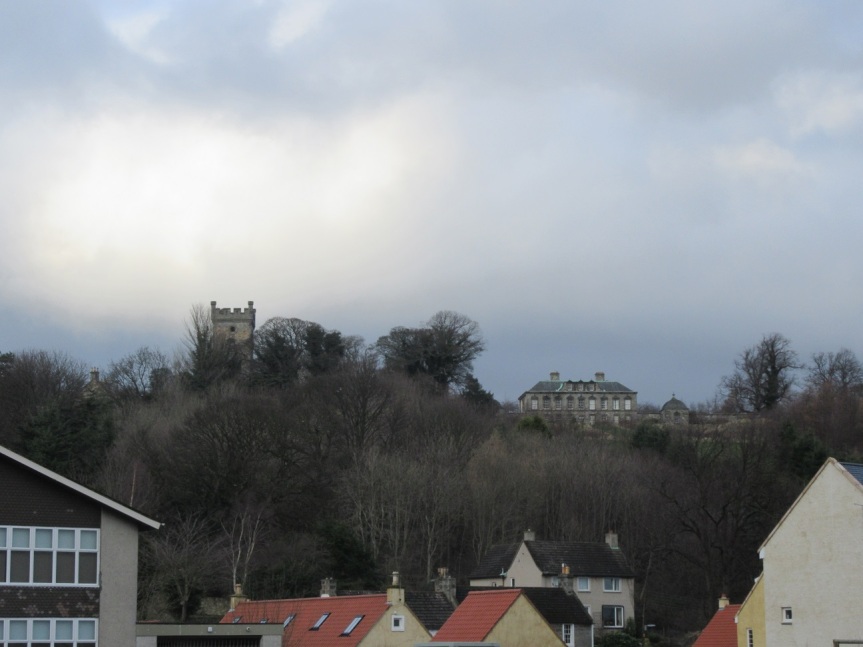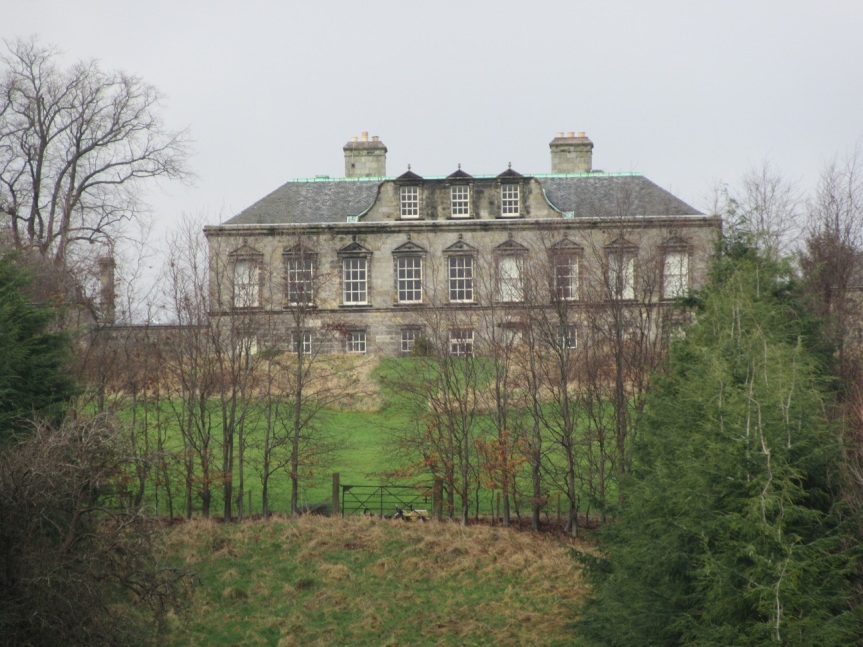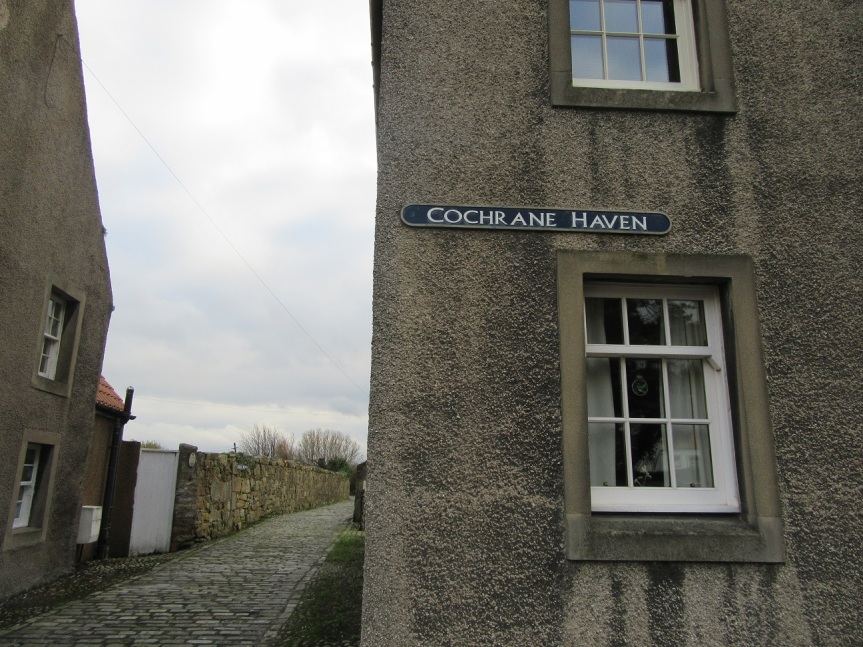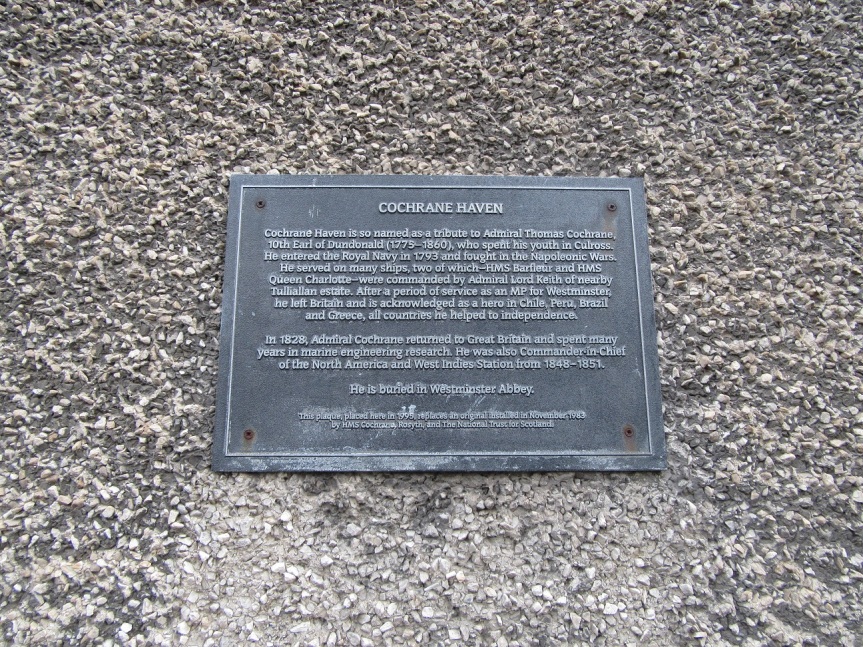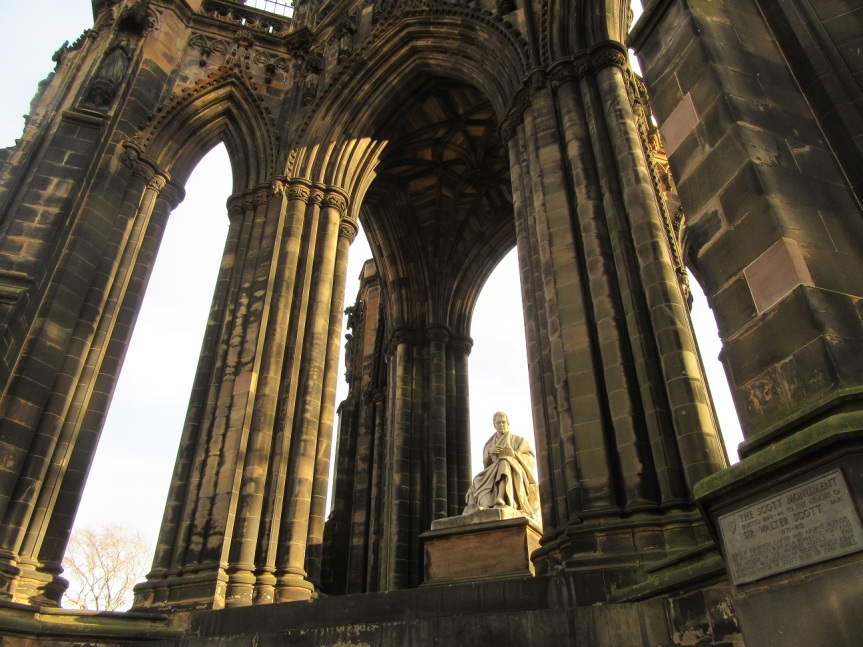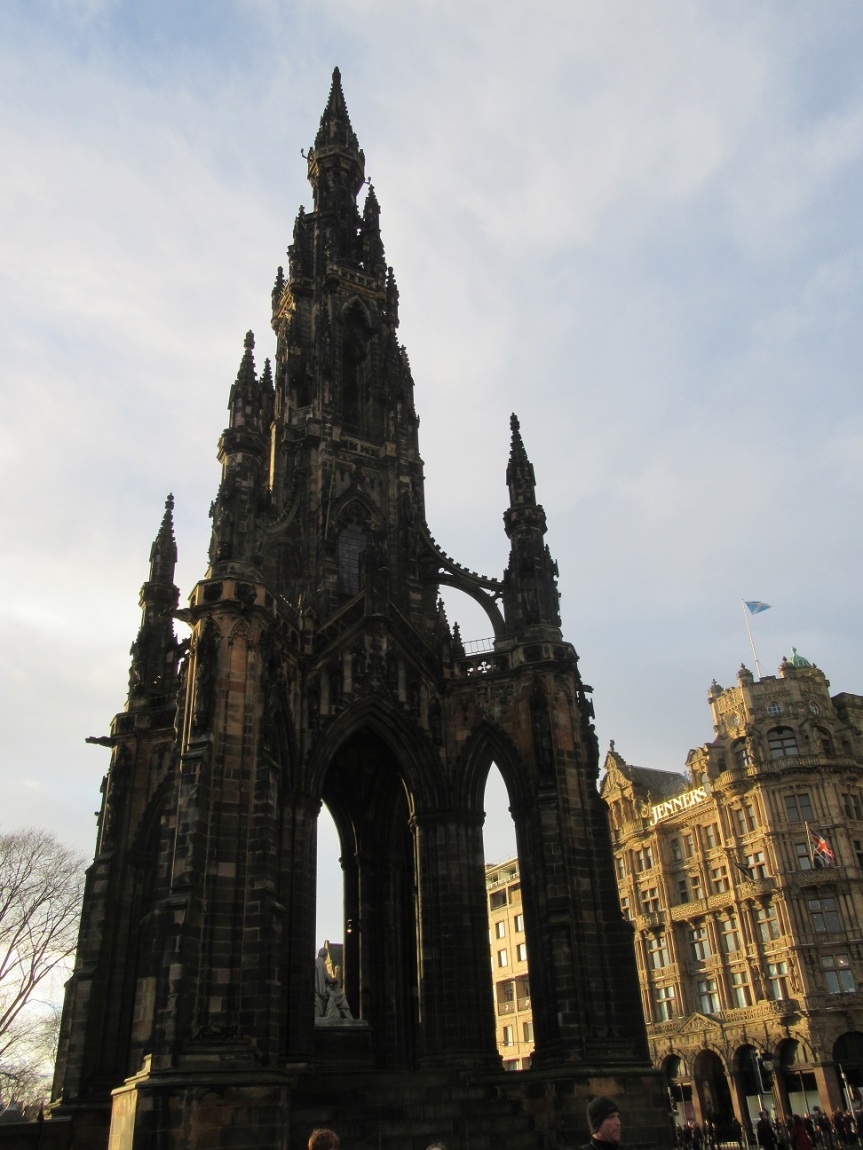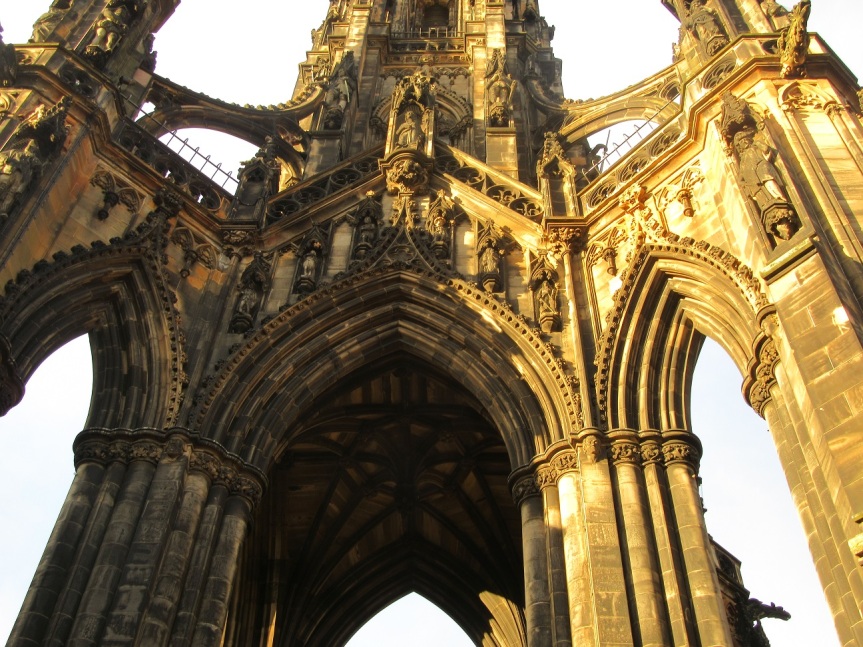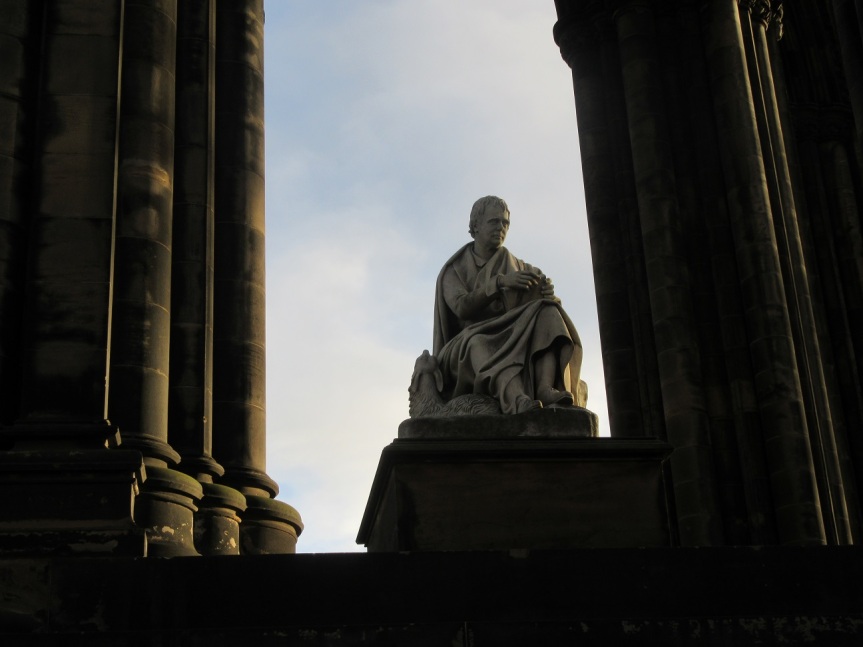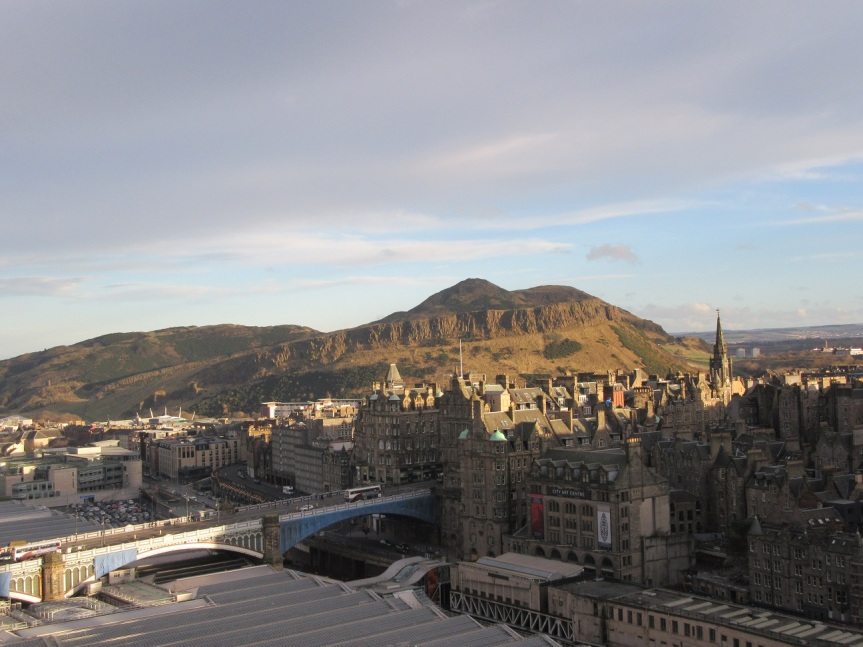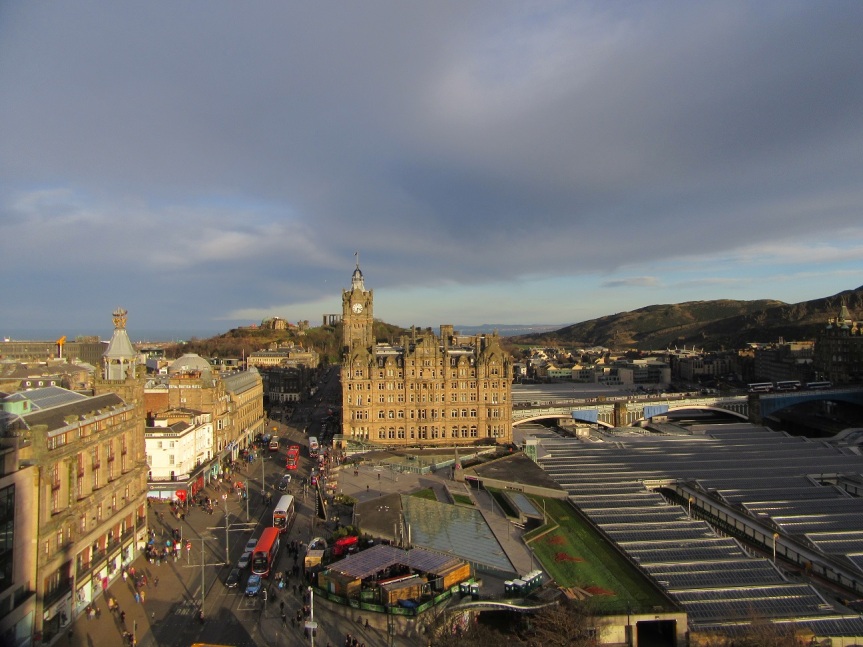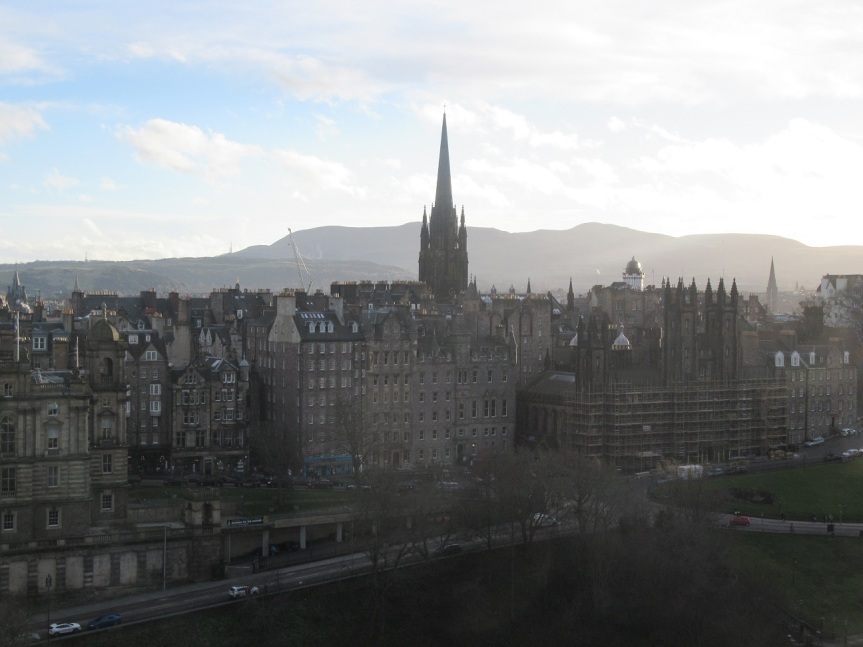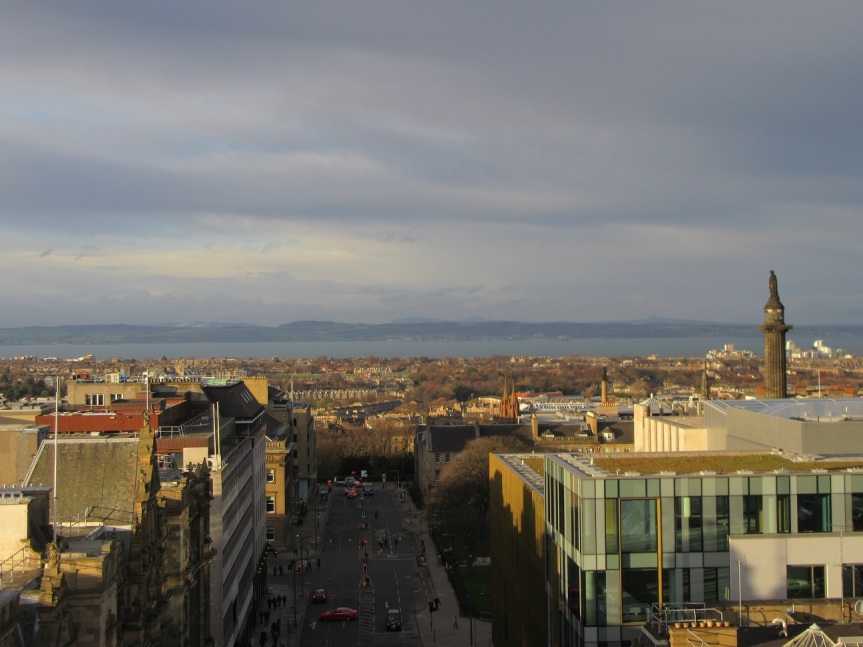Last week included the second Collingwood Society meeting of the year – and the first that I’ve actually made, because I missed the January talk.
This talk went back specifically to Collingwood for the first time in a while – we’ve been having a lovely time exploring the naval history of the North-East, and the Age of Sail in general – with Max Adams, who wrote the best of the Collingwood biographies, coming to talk about new insights from – or into – Collingwood’s correspondence.
He began by talking about Collingwood’s letters as literature, rather than as historical evidence – as great letters from a great age of letter writing – and his frustrations in trying to get other people to recognise this, and read us out a full letter to demonstrate the way that his letters were carefully structured.
He also read out a letter from Collingwood to the Corporation of Newcastle, thanking them for a letter which he had been told they had sent after Trafalgar – except that apparently they had never written him a letter at all, and this reply was only to point out to them how they should have behaved!
More specifically, he had been looking at letters between Collingwood and the Duke of Northumberland (nominally over problems with access to the coal mine at Chirton), both as evidence of the social relationship and discussions between two men from very different backgrounds, and as evidence of how letters were travelling to and from the Med – the letters themselves are dated, of course, but then you get comments in the replies about ‘your letter which I received last week’, or can tell that from the content that a second letter hadn’t yet arrived although it had been sent.
The last part of the talk was not about the letters, but about a source that Max wished he had read before he wrote his book, and which one of his students had pointed out to him later – a book called ‘Servitude et grandeur militaires’ (most recently translated as ‘The Warrior’s Life’) by a man called Alfred de Vigny, looking at military life in peace time, after the great events of the Napoleonic wars, which is interesting as containing a description of Collingwood by an enemy.
The book contains a story told to the narrator by a man called Renaud, who shows him a letter from his father written from captivity in England, where he had been taken on board Collingwood’s ship, and who was later himself held as a prisoner on another ship of Collingwood’s (presumably Culloden, although the book says Victory – there are various muddles of names and times).
This was where the title of the talk came from – that Renaud was depressed by being kept as a prisoner, cut off from his own land and his own people, and that Collingwood pointed out to him one night that he was just as much a prisoner of the sea, cut off from his home and family.
It was presented to us as a factual account, and well, it might be – but it does all sound a bit too good to be true, and when you look up the book it turns out to have been written a few years after Collingwood’s letters – which quite often talk about his family in that way – and that it is generally seen as short stories containing autobiographical (and presumably biographical) elements.
So I have mixed feelings about this – it was an interesting talk, and included some good stories, but I do wish that I was a bit more sure that they were more than that – I would be interested to know, for example, whether there is evidence that no letter was sent by the Newcastle Corporation, or only no evidence that one was sent, and whether there is any other evidence for the existence of this French boy (who would presumably have been borne for victuals!)

